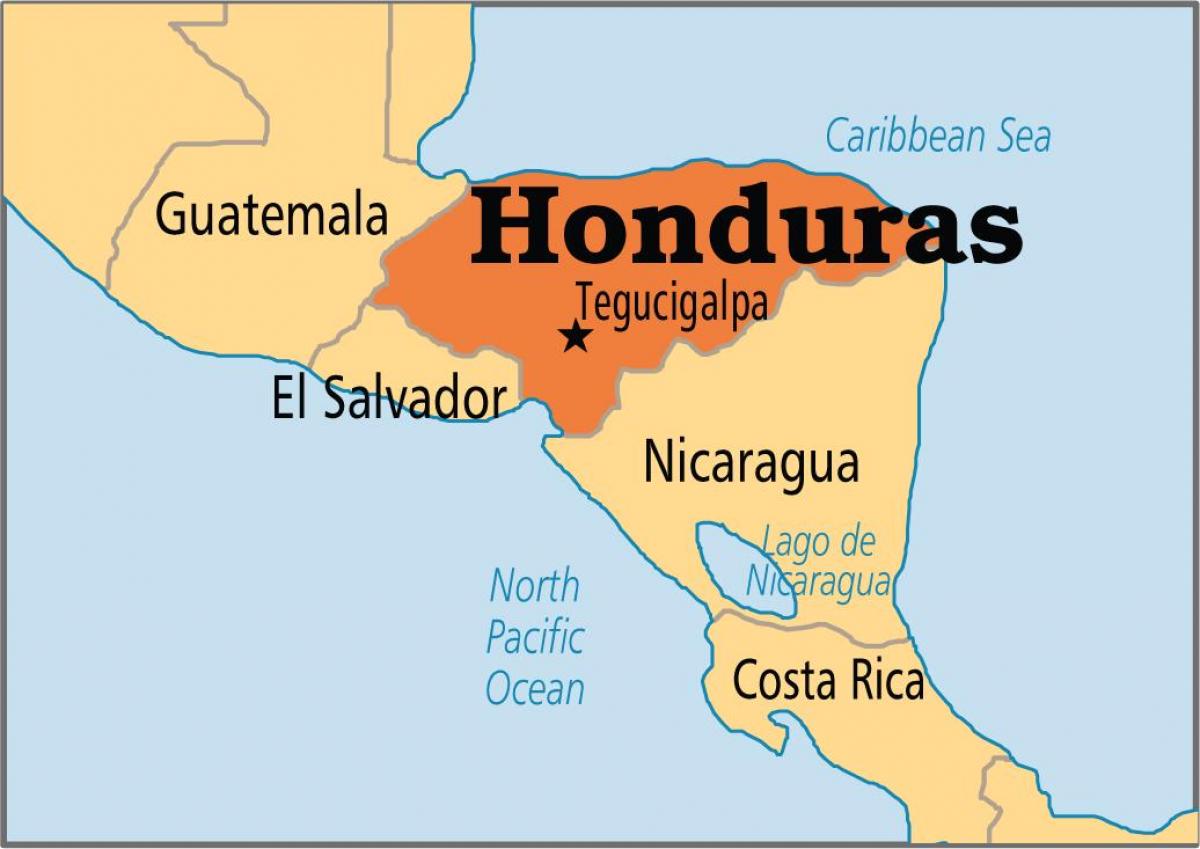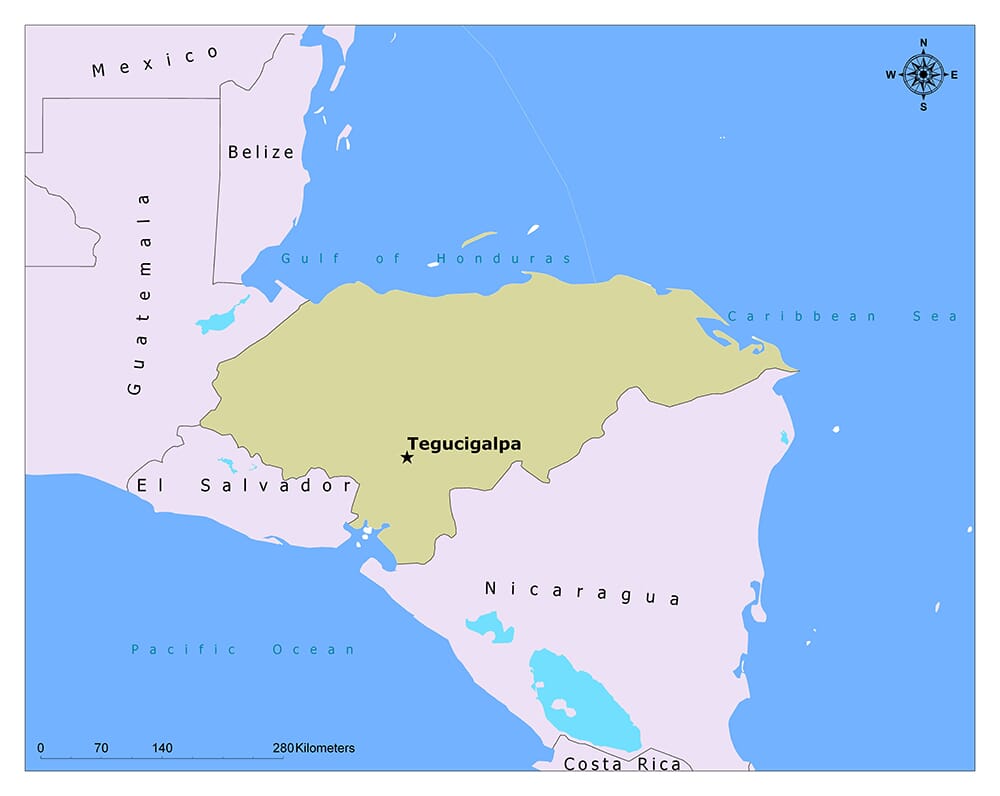Honduras, a vibrant country in Central America, boasts rich cultural heritage and natural beauty. As we delve into the heart of this nation, it's essential to explore its capital city, Tegucigalpa, which serves as the political, economic, and cultural hub of Honduras.
Tegucigalpa, the capital of Honduras, is a city that balances modernity with tradition. Established in the 16th century, it has grown into a bustling metropolis while retaining its historical charm. This city plays a crucial role in shaping the identity of Honduras, both domestically and internationally.
Understanding Tegucigalpa is key to grasping the essence of Honduras. From its vibrant culture and political significance to its economic contributions, this article provides an in-depth look into why Tegucigalpa stands as a vital center in Central America. Let's explore the city that defines the heart of Honduras.
Read also:Shayla Stevens Net Worth Exploring The Rising Stars Wealth And Achievements
Table of Contents:
- The Rich History of Tegucigalpa
- Geography and Climate
- Demographics and Population
- Economic Contributions of the Capital
- Cultural Heritage
- Political Significance
- Tourism in Tegucigalpa
- Education and Research
- Transportation and Infrastructure
- Future Prospects
The Rich History of Tegucigalpa
Tegucigalpa's history dates back to 1578 when it was founded as a mining town. The name "Tegucigalpa" is believed to be derived from the Nahuatl language, meaning "place of silver." Over the centuries, the city evolved from a small settlement into the capital of Honduras in 1880.
During the colonial era, Tegucigalpa flourished due to its silver mines, attracting settlers and becoming an important economic center. The city's strategic location made it a hub for trade and commerce. By the 19th century, Tegucigalpa's significance grew, leading to its designation as the nation's capital.
Key Historical Events
- 1578: Establishment of Tegucigalpa as a mining town
- 1880: Official declaration as the capital of Honduras
- 1998: Devastation caused by Hurricane Mitch, leading to significant reconstruction efforts
Geography and Climate
Tegucigalpa is nestled in a valley surrounded by the Sierra Madre de Honduras mountain range. This geographical setting gives the city a unique landscape, with hills and mountains providing a picturesque backdrop. The elevation of approximately 1,000 meters above sea level influences the climate, which is generally mild and pleasant year-round.
Climate Characteristics
The city experiences a tropical savanna climate, characterized by distinct wet and dry seasons. The wet season typically lasts from May to November, while the dry season spans from December to April. Average temperatures range from 18°C to 30°C, making Tegucigalpa a comfortable place to live.
Demographics and Population
Tegucigalpa is home to over 1.3 million residents, making it the largest city in Honduras. The population is diverse, reflecting the country's cultural richness. The majority of residents are mestizo, with smaller indigenous and Afro-Honduran communities contributing to the city's vibrant tapestry.
Read also:2nd Largest Hospital In The World Exploring Its Size Services And Impact
Population Growth
According to the World Bank, Tegucigalpa's population has been steadily increasing, driven by rural-to-urban migration. This growth poses challenges in terms of infrastructure and urban planning but also presents opportunities for economic development.
Economic Contributions of the Capital
As the capital of Honduras, Tegucigalpa plays a pivotal role in the nation's economy. The city is a hub for industries such as manufacturing, finance, and services. Key sectors contributing to the economy include textiles, food processing, and construction. Additionally, the government and public administration are significant employers in the city.
Emerging Industries
- Technology and innovation hubs
- Growth in the service sector
- Expansion of export-oriented industries
Cultural Heritage
Tegucigalpa is a melting pot of traditions and cultures. The city hosts numerous festivals and events throughout the year, celebrating the rich heritage of Honduras. The Feria de San Miguel, held annually in October, is one of the most prominent cultural events, attracting visitors from across the region.
Key Cultural Attractions
- National Museum of Anthropology and History
- Catedral Basílica de San Miguel
- Mercado Central, showcasing local crafts and cuisine
Political Significance
Tegucigalpa serves as the political epicenter of Honduras, housing the presidential palace, congress, and supreme court. The city's role in national politics is crucial, as it hosts the headquarters of major political parties and organizations. Political stability in Tegucigalpa directly impacts the governance and development of the entire country.
Challenges and Opportunities
The political landscape in Tegucigalpa faces challenges such as corruption and inequality. However, there are ongoing efforts to promote transparency and accountability, ensuring that the city remains a beacon of democratic governance.
Tourism in Tegucigalpa
Tegucigalpa offers a wealth of attractions for tourists, from historical landmarks to natural wonders. Visitors can explore colonial architecture, enjoy local cuisine, and experience the warmth of Honduran hospitality. The city's proximity to natural reserves and national parks makes it an ideal base for eco-tourism.
Top Tourist Destinations
- Lake Yojoa, the largest lake in Honduras
- Parque Nacional La Tigra, a protected cloud forest
- El Picacho Hill, offering panoramic views of the city
Education and Research
Tegucigalpa is home to several prestigious universities and research institutions. The Universidad Nacional Autónoma de Honduras (UNAH) is the largest and most renowned institution in the city, offering a wide range of academic programs. Educational initiatives in Tegucigalpa focus on improving access and quality, fostering innovation and development.
Key Educational Institutions
- Universidad Nacional Autónoma de Honduras (UNAH)
- Universidad Católica de Honduras
- Instituto Hondureño de Educación por Radio (IHER)
Transportation and Infrastructure
Tegucigalpa's infrastructure is continually evolving to meet the demands of a growing population. The city boasts a modern airport, Toncontín International Airport, connecting Honduras to major destinations worldwide. Public transportation systems, including buses and taxis, provide essential services to residents and visitors alike.
Challenges in Urban Planning
Despite progress, Tegucigalpa faces challenges in urban planning and traffic management. Initiatives to improve public transportation and develop sustainable infrastructure are underway, aiming to enhance the quality of life for city dwellers.
Future Prospects
The future of Tegucigalpa looks promising, with ongoing efforts to address challenges and capitalize on opportunities. Investments in technology, education, and infrastructure are expected to drive growth and development in the city. Tegucigalpa's strategic position as the capital of Honduras ensures its continued importance in shaping the nation's future.
Potential for Growth
- Expansion of technology parks and innovation centers
- Focus on sustainable urban development
- Enhancement of cultural and tourism offerings
Conclusion
Tegucigalpa, the capital of Honduras, stands as a testament to the country's rich history, vibrant culture, and promising future. From its historical significance to its economic contributions and cultural heritage, the city plays a vital role in shaping Honduras. As Tegucigalpa continues to grow and evolve, it remains a dynamic and essential center in Central America.
We invite you to explore further by reading related articles on our website. Share your thoughts in the comments section below, and don't forget to spread the word about this fascinating city. Together, let's celebrate the heart of Honduras!
Data Source: World Bank, UNESCO, Honduran Government Publications

